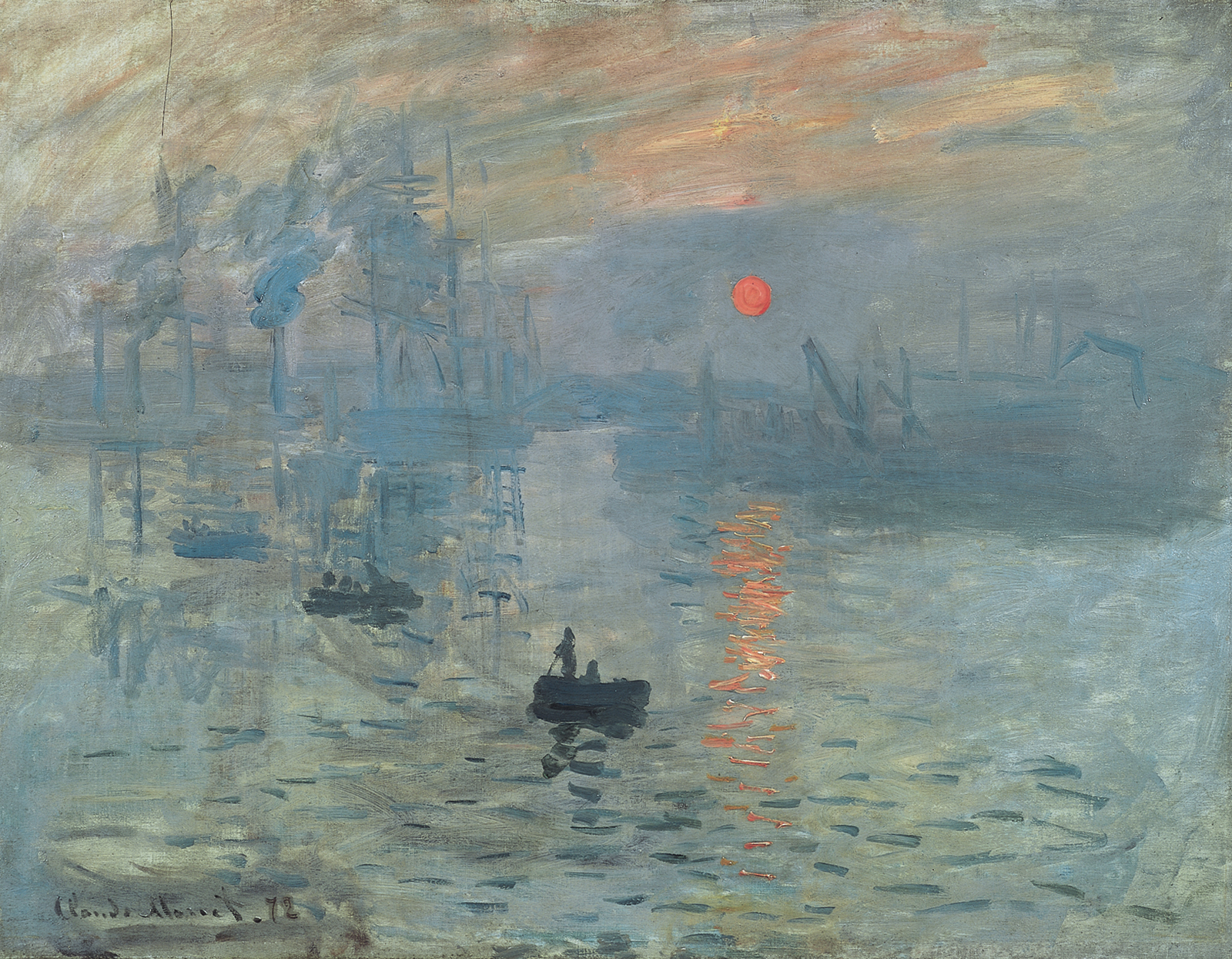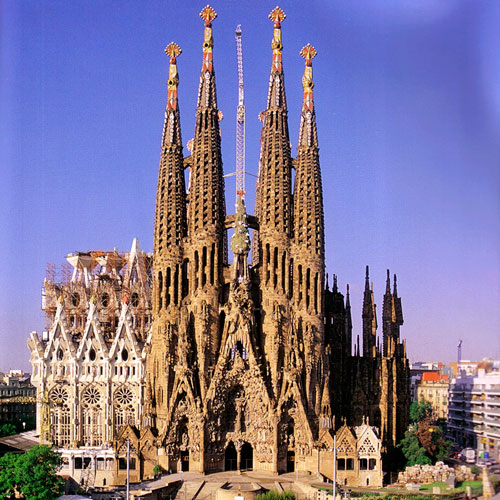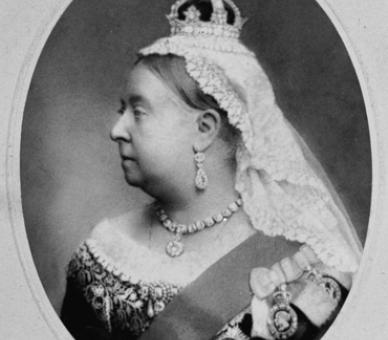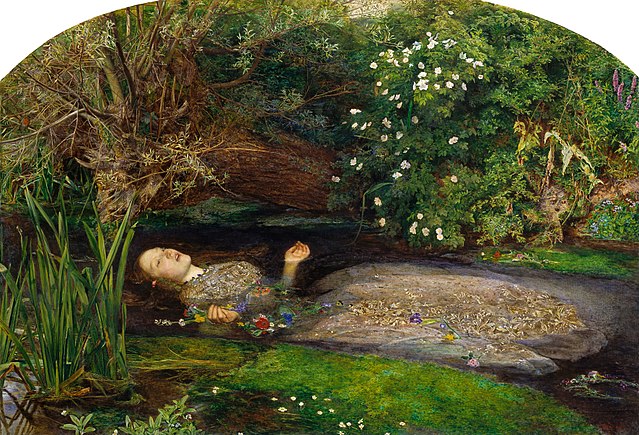What impressed me the most from Art Nouveau is its dedication to the aspect of aesthetics. The Art Nouveau style had been used in a wide range of media ranging from paintings and stained glass to architecture and furniture. For my textile test piece, I took a lot of inspiration from Sabina Frank's stained glass work.
The technique Frank used that really caught my eye is the organic movement of the lines and the selection of colours. I find that the effect of organic lines give out a "calm" look to the piece itself and in my opinion, gives a sense of continuity to the pattern. The selection of colours in my opinion, compliment each other. The position of the red colour next to the green helps to please the eye for the viewer while the yellow and red background give a nice border to center out the pattern.

Because of this, I wanted to recreate this effect on fabric. I chose fabric because of its organic and flowing characteristics. I chose an organic pattern and stitched different coloured fabric on to the pattern. The intensity of the colour was chosen to mimic the colour of the stained glass in Frank's work.
 The Dada movement was a movement that relied on typography. This movement was created to combat art, ironically, it created an art style as well. The style didn't rely on aesthetics and focused more on colour and the positioning of the typography.
The Dada movement was a movement that relied on typography. This movement was created to combat art, ironically, it created an art style as well. The style didn't rely on aesthetics and focused more on colour and the positioning of the typography. This style impressed me from its simplistic and ironic nature. One piece with Dadaism that inspired me was "Small Dada Evening" by Kurt Schwitters. This Dadaism piece has a combination of images, different type of text and and even different coloured words. The red letters at the back of the text and images help to make the viewer focus on them. The red letters with different rotations give a sense of movement as well. The way the text is "unorganized" give out a rebellious feeling as well, highly common in this movement. This made the piece very dynamic in my opinion.
 I wanted to recreate this effect using different sized text and rotations to create a sort of movement throughout the page. I tried to achieve this effect by tilting the typography and start to move it throughout the page so the viewer follow the text till the bottom right corner of the page. This made the piece a little dynamic and "interactive" with the viewer.
I wanted to recreate this effect using different sized text and rotations to create a sort of movement throughout the page. I tried to achieve this effect by tilting the typography and start to move it throughout the page so the viewer follow the text till the bottom right corner of the page. This made the piece a little dynamic and "interactive" with the viewer.
Movement in paintings inspire me a lot. In my opinion, the sense of movement makes the painting or scenes more alive and makes the viewer think more while viewing the painting. I took some inspiration on impressionism.

In the painting "Sunrise" by Claude Monet shows a beautiful effect of movement because of the use of small repetition of lines to give the illusion of ripples and waves. What is also interesting is the red sun in the background. The viewer will automatically look at that focus point as it breaks repetition and the monochrome effect from the rest of the painting. We can also see this in the Symbolical painting "The Sphinx". The viewer will automatically look at the Sphinx not just because of it warm colour but also because it gives a greater sense of movement, and has a patterned that breaks repetition.
I wanted to create this effect by using coils in ceramics. Coils leave a linear shadow and creates a sense of movement because of the repetition of this line. I wanted to break the repetition by using different coils and organic shapes. This in my opinion makes the viewer focus more on that certain aspect of the piece.






















_-_Jules_Breton.jpg)

.jpg)

